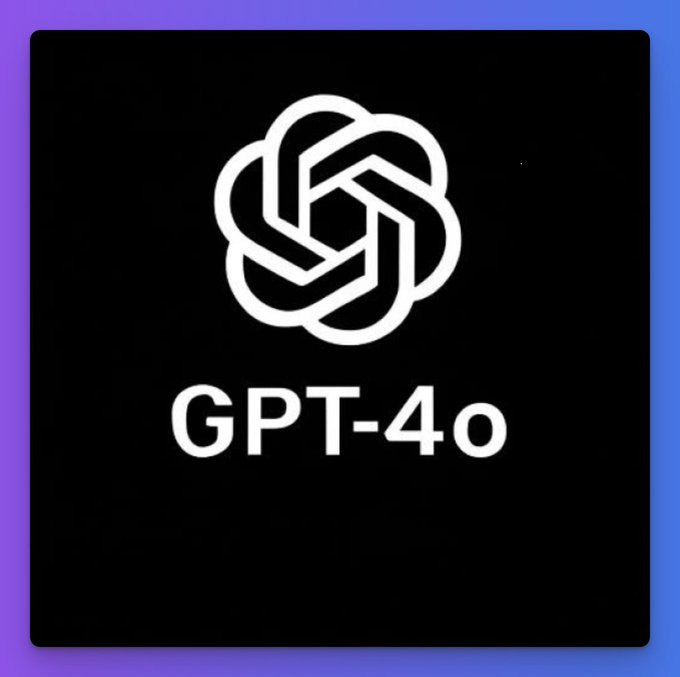OpenAI has recently announced a significant update to its flagship language model, GPT-4, by introducing fine-tuning capabilities. This new feature is poised to enhance the flexibility and usefulness of the model, allowing developers and businesses to tailor the AI’s behavior and outputs to better suit their specific needs. The move marks another step forward in the evolution of AI, where customization and precision are becoming increasingly important.
What is Fine-Tuning, and Why Does It Matter?
Fine-tuning is a process that allows developers to adapt a pre-trained model like GPT-4 to specific tasks or industries by training it on a smaller, more focused dataset. While GPT-4 is already a powerful general-purpose model, fine-tuning enables it to become even more effective in particular applications, whether it’s generating highly technical content, aligning with a brand’s voice, or adhering to industry-specific guidelines.
This capability is especially valuable for businesses that rely on AI for content generation, customer service, or data analysis. By fine-tuning GPT-4, companies can create more accurate and contextually appropriate responses, ensuring the AI performs in ways that align with their goals and requirements.
The Technical Aspects of GPT-4 Fine-Tuning
The introduction of fine-tuning for GPT-4 builds on the foundation laid by earlier versions of OpenAI’s models. With this update, OpenAI has provided developers with tools to fine-tune the model on their data, making it easier to achieve the desired outcomes. This is done by exposing the model to specific examples of the desired behavior, allowing it to learn and adapt more effectively.
According to OpenAI, fine-tuned versions of GPT-4 can be trained to follow instructions with higher accuracy, maintain consistency in tone and style, and handle complex tasks more efficiently. This is particularly useful for businesses that need to maintain a consistent brand voice across various communications channels or for those that need the AI to adhere to strict regulatory or ethical guidelines.
Potential Applications and Benefits
The applications of fine-tuned GPT-4 are vast and varied. For example, in the healthcare industry, fine-tuning can be used to ensure that the AI provides medically accurate information tailored to specific contexts or patient needs. In the legal field, a fine-tuned GPT-4 could assist in drafting documents that align with the precise language and terminology required in legal settings.
Another significant benefit is the potential for improved customer service. By fine-tuning GPT-4, companies can create AI-driven chatbots that not only understand customer inquiries better but also respond in a way that reflects the company’s values and communication style. This level of customization can lead to more satisfying and effective customer interactions.
Moreover, fine-tuning can also help in content creation. For instance, a media company might fine-tune GPT-4 to generate articles that match the tone and editorial standards of their publication, making the AI an even more powerful tool for content generation.
Challenges and Considerations
While the introduction of fine-tuning for GPT-4 offers exciting possibilities, it also comes with challenges. One of the primary concerns is the risk of overfitting, where the model becomes too specialized and loses its general-purpose capabilities. Careful management of the fine-tuning process is necessary to avoid this pitfall.
Another consideration is the need for substantial computational resources. Fine-tuning a large model like GPT-4 can be resource-intensive, which might be a barrier for smaller organizations or developers with limited access to high-performance computing infrastructure.
Furthermore, ethical considerations around bias and misinformation remain critical. Fine-tuning can inadvertently reinforce biases present in the training data, so it’s crucial for developers to be mindful of these risks and take steps to mitigate them.
Looking Ahead: The Future of AI Customization
The introduction of fine-tuning for GPT-4 represents a significant advancement in AI customization. As more organizations adopt this technology, we can expect to see increasingly specialized AI applications that are better aligned with the needs of specific industries and use cases.
OpenAI’s move to offer fine-tuning capabilities reflects the broader trend in the AI industry towards greater flexibility and user control. As AI continues to evolve, the ability to tailor models like GPT-4 to specific tasks will likely become a standard feature, empowering businesses and developers to unlock even more value from these powerful tools.
In the end, fine-tuning is not just about making AI more useful—it’s about making it more responsible and aligned with human values. As we move forward, the focus will be on ensuring that AI can be customized in ways that are ethical, effective, and beneficial to society as a whole.
Sources: https://www.artificialintelligence-news.com/news/openai-delivers-gpt-4o-fine-tuning/, https://www.thealgorithmicbridge.com/p/openai-gpt-4o-the-new-best-ai-model






